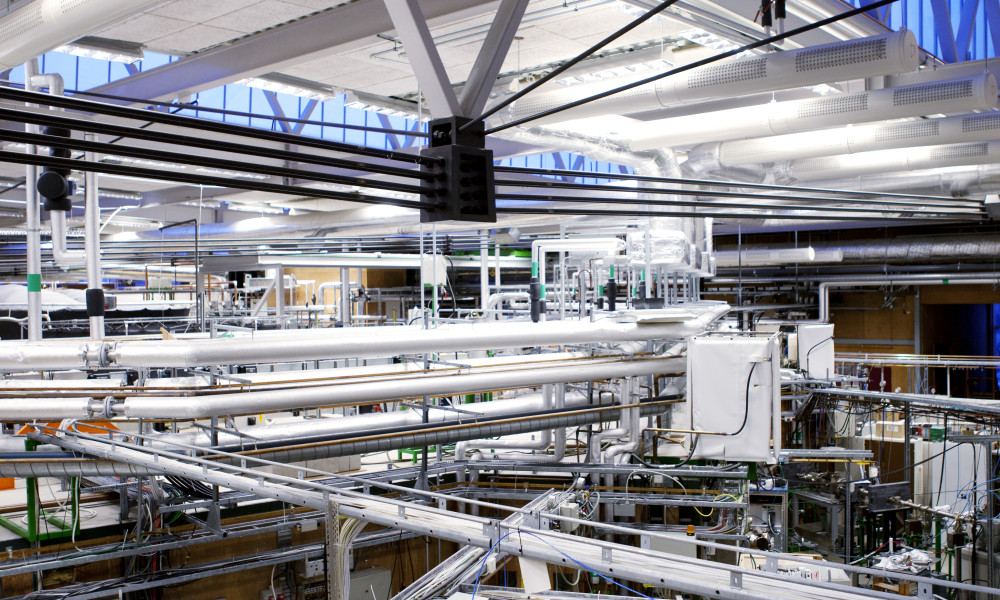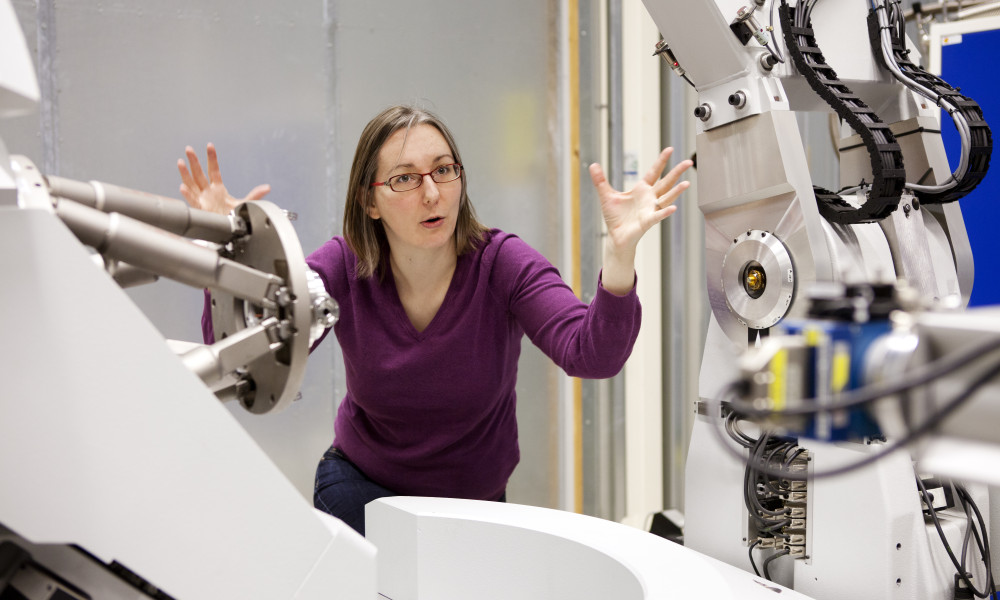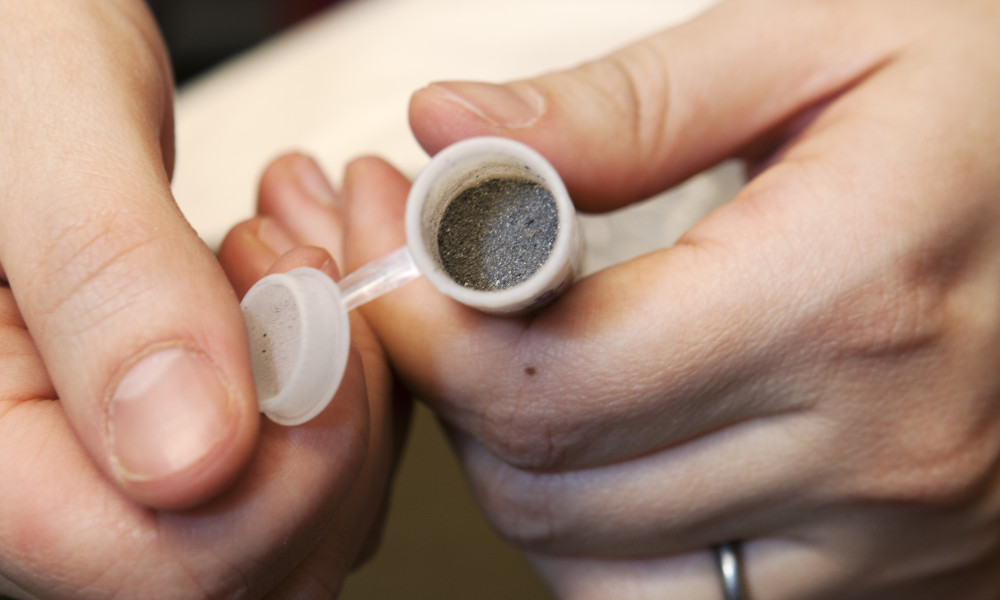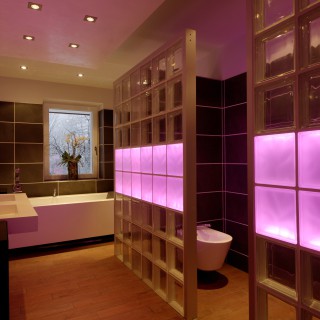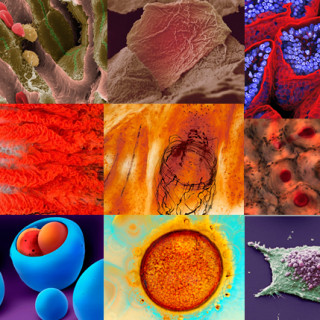From ash to valuable metals – Where the invisible becomes visible
In a cupboard in Katarina Norén’s office is a small plastic box of ash – a worthless and often dangerous waste product from refuse incineration, but from which valuable metals could be extracted using a new method developed with the help of MAX-lab in Lund.
MAX-lab at Lund University is a national centre for synchrotron radiation research and one of Sweden’s most popular research facilities. Over 600 users from some 30 countries use the lab to study materials and structures down to atomic level with the help of electron beams accelerated up to a speed just below that of light.
“Competition for time at the laboratory is fierce and users have to employ their time here as efficiently as possible”, says Katarina Norén, a researcher and project manager at MAX-lab. “Work is often carried out around the clock at the experiment stations along our three storage rings.”
Helping other users
Katarina Norén is originally a chemist and conducts research herself, although nowadays to a limited extent. Instead, her main duties are helping other research groups achieve the best results possible and helping to develop MAX IV, which is to become the world’s leading synchrotron radiation facility.
“I started working at MAX-lab in 2007 and straightaway got involved in a project from Chalmers University of Technology focusing on waste ash from incineration facilities”, explains Katarina. “The idea was both to analyse the contents of the ash and to find ways to extract metals from it by studying how the different elements in the ash were joined together.”
Trial and error
The first challenge was to try and improve the quality of the data, which was initially low. The signal from the measuring station had too much background noise to be analysed.
“We used a process of trial and error, changed the detector and started to grind the ash more finely; little by little we were able to obtain good results”, says Katarina Norén.
It turned out that the ash contained an incredibly complex combination of elements that represented almost the entire periodic system in different compounds.
“We went through the ash from all the power stations in the country to identify the type of ash that was interesting for our work. In the end, we decided that the work at MAX-lab would focus on ash with a metal concentration of between 20 000 and 1 000 micrograms per kilo.
Extracting metals
“By taking advantage of the ash we create a pure profit for society and for the environment.”
Next, the project tested different methods of extracting copper and zinc using leaching. Analyses showed that it was possible to extract up to 90 per cent of the metals in the ash. The ash was thus no longer hazardous waste; it could be used as a filler material or as fertiliser in forestry, while large amounts of valuable metals could also be extracted from a previously unusable material.
“As a chemist, it has been extremely exciting to be part of a process that spans such a broad field; even if we have only been involved with a small part of the project at MAX-lab – studying and analysing the material – it feels as though we have helped to solve the important problem of what to do with all the ash produced in our power stations. By taking advantage of the ash in this manner we create a pure profit for society and for the environment.”
Text: Sven-E Lindberg
Photo: Kennet Ruona
Published: 2013
Facts
-
About MAX-lab
-
• MAX-lab is Sweden’s only synchrotron radiation facility and is run by the
Swedish Research Council and hosted by Lund University.•With the help of electrons accelerated to almost the speed of light, high-intensity light is generated that can be used to study materials and processes down to atomic level.
• MAX-lab has three different storage rings with a total of ten experiment stations.
• MAX IV, which is currently under construction in Lund, will be the world’s leading synchrotron radiation facility and will open up entirely new opportunities to conduct advanced materials research.
-
More projects
-
Katarina Norén is also working with a research group from Uppsala University that is studying battery development and a Romanian group that is going to use ‘dirty’ metals to convert light to power.
“The fantastic thing about my job is that I get to move between so many different areas and I learn a lot all the time. In order to analyse data, I have to have read up on what has already been published on the subject, and what’s more I get to meet all these exciting people who are inspired by doing research that benefits society. It suits me down to the ground!”


